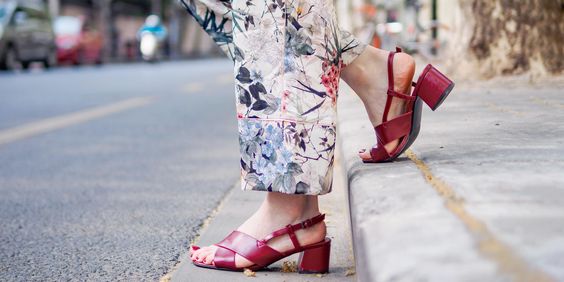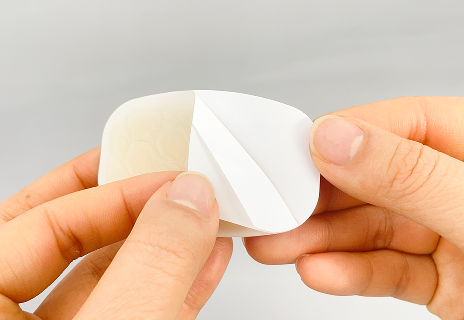When people put on sandals, they may notice some discomfort on the soles of their feet, which may be because the soles of their feet have worn down or are not used to the new shoe shape. This condition can lead to the formation of blisters, which can cause pain and discomfort. In this article, we'll explore what causes blisters when wearing sandals and how to prevent them from happening.
First, let's understand why wearing sandals can cause blisters to form. Sandals are usually made of lightweight materials such as leather, plastic, or rubber that don't provide as much support and cushioning as sneakers. Additionally, sandals are often designed to be narrower than sneakers, so they don't provide enough support and wrap, which leaves the soles of the feet vulnerable to wear and pressure.
Blisters can form if a person wears sandals that don't fit properly, such as being too large or too small, or if the sandal itself is faulty, such as the sole is too slippery or uneven. Additionally, when people go on long hikes, runs, or other strenuous activities, a lot of pressure is placed on the soles of the feet, which can also cause blisters to form.
To avoid blisters from wearing sandals, people can take the following steps:
1. Choose the right sandals. When buying sandals, you should choose the right size and style, and ensure that the sole has enough friction and support.
2. Practice wearing sandals. If a person is wearing sandals for the first time, it may take some time to get used to the new shoes. People can gradually wear sandals in their daily life to help the body adapt to the new shoe shape.
3. You can put blister plaster on the parts that are easy to wear before wearing sandals. It can prevent the wear and tear on the skin caused by shoes, and it has strong self-adhesiveness and is not easy to fall off. Its color is close to the skin and can be easily Good invisibility, if blisters have been worn out, don't be afraid, just sterilize the skin, then pierce it with a sterilized needle to release the liquid inside, and then use blister plaster to stick it on the skin, it can provide The wound provides an airtight environment conducive to wound healing, which can also prevent the invasion of foreign microorganisms and reduce the chance of wound infection.
4. Soak your feet and apply moisturizer. Before putting on your sandals, soak your feet to soothe the skin on the soles of your feet, and apply a moisturizer to help keep the skin moisturized and smooth.
5. Do a good job of warming up and stretching. Before engaging in strenuous exercise, you should warm up and stretch to reduce wear and pressure on the soles of your feet.
In conclusion, blisters from wearing sandals are a very common occurrence. To avoid this, people should choose the right sandals, practice wearing new shoes, soak and moisturize their feet, and do a good job of warming up and stretching. If the pain is severe or prolonged, it is best to seek advice from your doctor or podiatrist.
For a cool summer, delicate sandals are a must for every girl to travel in summer. Coupled with the ankle kissed by an angel, it must attract countless heads.
For more information on Innomed® blister plaster, refer to the previous articles. If you have customized needs, you are welcome to contact us; we will serve you wholeheartedly. At Longterm Medical, we transform this data by innovating and developing products that make life easier for those who need loving care.
Editor: kiki Jia
Date: May 8, 2023

 English
English عربى
عربى Español
Español русский
русский 中文简体
中文简体








